A staple spice in Indian cuisine, no culinary preparation is complete without a dash of turmeric. This magic ingredient also has myriad other uses, here are some important ones.
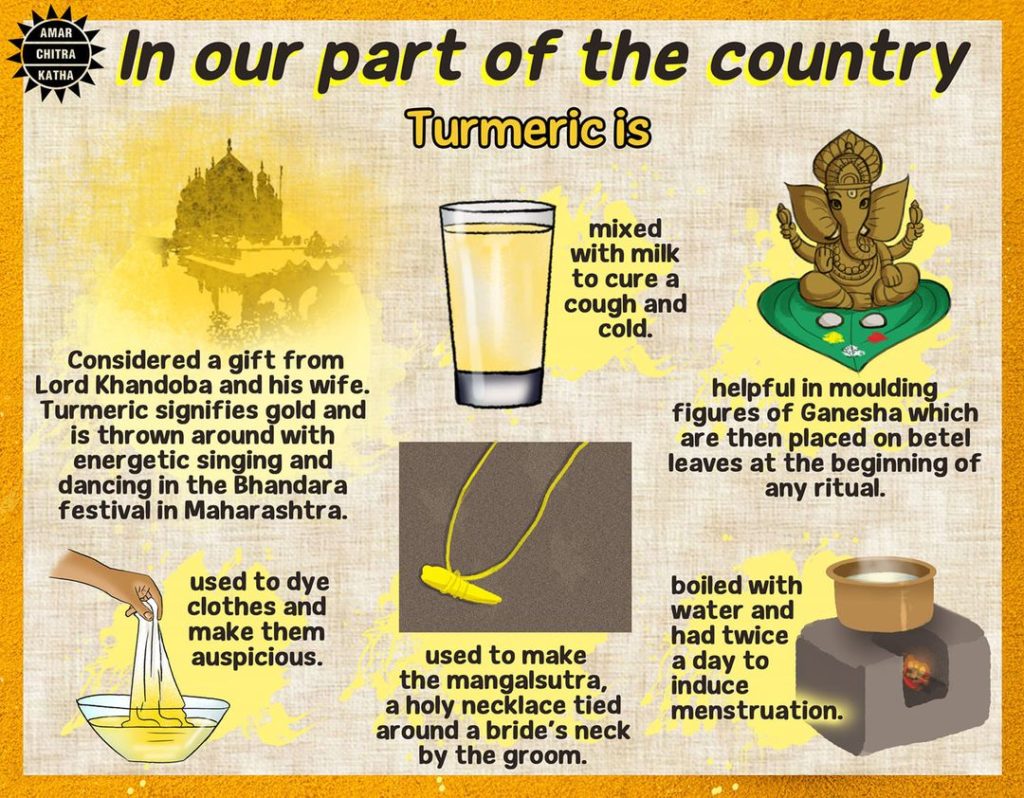
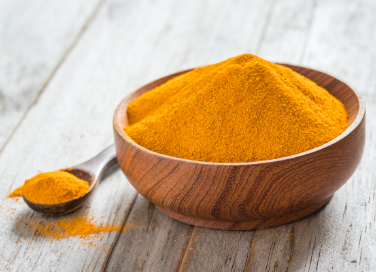
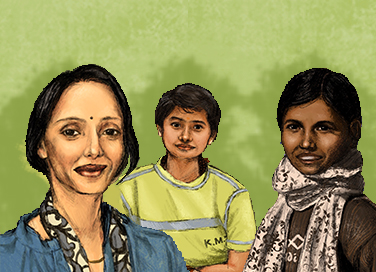
By Srinidhi Murthy
India is home to numerous courageous women mountaineers, who have conquered not only the tallest summits in the world but also emerged victorious over the challenges they faced in the process. Read more to know about the achievements of these inspirational women below.
Born on 24 May, 1954, in Nakuri village, Uttarakhand, Bachendri Pal is an Indian mountaineer. She became the first Indian female mountaineer to reach the summit of Mount Everest at 8,848 m, in 1984. Pal started mountaineering at the age of 12 when she scaled a 13,123 ft high peak, during a school picnic. During her time at the Nehru Institute of Mountaineering in 1982, she became the first woman to climb Mount Gangotri and Mount Rudragaria. In 1984, Bachendri was selected to join India’s first mixed-gender group, which included six women and eleven men, to summit Everest. Unfortunately, the team faced a disaster, when an avalanche buried their camp. More than half the group was forced to abandon their attempt because of injuries and fatigue. However, Pal continued her journey to its peak despite this tragedy. Due to her perseverance, she created history on 23 May, 1984, by becoming the first Indian woman to reach Mount Everest. Bachendri achieved this marvellous feat six days before the 31st anniversary of the first ascension of Mount Everest in 1953 and a day before her 30th birthday. She was awarded the Padma Shri, the fourth highest civilian award, in 1984 and the Arjuna Award in 1986. In 2019, Pal was awarded the Padma Bhushan, the third-highest civilian award, by the Government of India.
Read more such exciting stories on the ACK Comics App today :- Click now
Born in 1963 in Darjeeling, West Bengal, Premalata Agrawal is the first woman mountaineer from India to complete the seven summits, the highest mountains of each of the seven continents. She completed the Mount Everest summit in 2011, when she was 48 years old, becoming the oldest Indian woman to have done so. Agrawal’s record was broken in 2018, by Sangeeta Sindhi Bahl from Jammu and Kashmir, who scaled Mount Everest at the age of 53. Premlata started mountaineering at the age of 36, after taking part in a hill-climbing competition in Jamshedpur. She was trained and mentored by mountaineer Bachendri Pal. Agrawal scaled the seven summits, that is, the peaks Kilimanjaro (2008), Mount Everest (2011), Aconcagua (2012), Mount Elbrus (2012), Denali (2013), Mount Vinson Massif (2013) and Puncak Jaya (2013). In 2013, she was awarded the Padma Shri. She was also the recipient of the Tenzing Norgay National Adventure Award in 2017, for her achievements in the field of mountaineering.
Born on 20 July, 1989, in Lucknow, Uttar Pradesh, Arunima Singh was an avid footballer and was a national-level volleyball player. Unfortunately, she lost her leg in 2011, when she was pushed from a running train by some robbers, for resisting them. After having one leg amputated, she became determined to climb Mount Everest. After 52 days of trekking, she climbed the peak on 21 May, 2013, becoming the first female amputee to scale Mount Everest, through sheer willpower and determination. She finished the rest of the peaks from the seven summits in the following years. She also became the world’s first amputee to reach the peak of Mount Vinson, Antarctica, on 4 January, 2019. Sinha was honoured with the Padma Shri award, the fourth highest civilian award, by the Government of India, in 2015.
Read more such exciting stories on the ACK Comics App today :- Click now
Malavath Purna was born on 10 June, 2000, in Pakla village in Nizamabad district, Telangana. Her talent was soon spotted and Purna was shortlisted for Operation Everest along with 18-year-old Sadhanapalli Anand Kumar. She trained for the Everest summit by trekking to the mountains of Ladakh and Darjeeling. On 25 May, 2014, Malavath Purna, aged 13 years and 11 months, became the youngest Indian and the youngest female in the world, to have reached the summit of Mount Everest. Telangana Chief Minister K. Chandrasekhar Rao awarded a cash reward of Rs 25 lakh each, to both Malavath Poorna and Sadhanapalli Anand Kumar, for their achievement. Purna scaled Mount Elbrus, the highest peak in Russia, on 27 July, 2017 and unfurled a 50 ft long Indian Tricolour, while singing the Indian National Anthem. In 2020, she was listed on the Forbes India list of self-made women. She then went on to complete the seven summits as well.
Born in Hisar, Haryana in August, 2002, Shivangi Pathak is an Indian mountaineer. On 16 May, 2018, at the age of 16, she became India’s youngest person to climb Mount Everest from the Nepal side. Pathak was inspired by mountaineer Anurima Sinha and joined the Jawahar Institute of Mountaineering as a teenager. There, she completed her courses in basic and advanced mountaineering. She climbed Mount Elbrus, Russia’s highest peak, on 2 September, 2018, and Mount Kilimanjaro, the highest peak in Africa, on 24 July 2018. On 22 January, 2019, she was honoured with the Bal Shakti Puraskar 2019, by the President of India.
Read more such exciting stories on the ACK Comics App today :- Click now
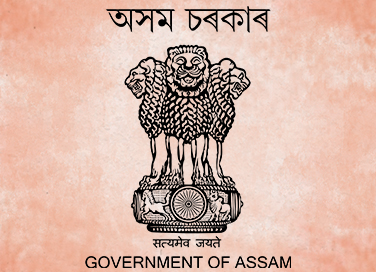
By Srinidhi Murthy
Known for its tea and silk, Assam is located in the northeastern part of India. The state is bordered by Manipur and Nagaland to the east, Arunachal Pradesh and Bhutan to the north, West Bengal to the west and Tripura and Mizoram to the south. Read more to know about the history of Assam.
Assam was ruled by several dynasties such as Varman, Koch, Kachari, Chutiya and Pala from the 4th century to the 19th century. The earliest mention of Assam can be found during the formation of the Varman dynasty by Pushyavarman in the Kamarupa kingdom, in the 4th century. Kamarupa was the first historical kingdom of Assam. The Varman dynasty reached its zenith in the 7th century, under the rule of Bhaskaravarman. The rise of individual kingdoms such as Kachari and Chutia or Sadiya, marked the end of the Varman dynasty in the 12th century. The name Assam is derived from the word ‘asama’, meaning ‘peerless’ in the now extinct Ahom language. Ahom was spoken by the Ahoms, the rulers who came to Assam in 1228. The Ahom dynasty ruled the region for nearly 600 years from 1228 to 1826. In the 16th century, the Ahoms annexed the Chutia kingdom and also took over the Kachari kingdom from Central Assam.

The region witnessed the Burmese invasion between 1817 and 1826. There were three invasions from 1821 to 1825, during which the Ahom kingdom came under the control of Burma. In 1824, the first Anglo-Burmese war, also known as the First Burma War, was fought between the British and Burmese empires. By 1825, the British emerged victorious and the Burmese empire lost authority in Assam. As per the Treaty of Yandabo, the Burmese monarch, Bagyidaw, renounced his claim to Assam. In 1826, the British started commercial tea cultivation in Assam after they discovered that the region had favourable climatic conditions which could help them rival China in tea production. Cachar (present-day district in Assam) was annexed by the British in 1832 and Jaintia Hills ( present-day West Jaintia Hills district in Meghalaya) in 1835. Soon, Assam became a separate province in 1874, with Shillong as its capital.
Two years after the Treaty of Yandaboo, Gomdhar Konwar, a prince of the Ahom royal family, revolted against the British in 1828. He was soon suppressed. His followers, Dhananjoy Burhagohain, Jiuram Medhi, and Piyali Phukanrose revolted in 1830. Unfortunately, they were arrested and sentenced to death. In the early 20th century, the anti-colonial Assamese actively supported the Indian National Congress against the British rule in India, with Gopinath Bordoloi emerging as the preeminent nationalist leader in the Assam. Assamese women like Hemanta Kumari Devi Bordoloi, Nalinibala Devi, Bijuli Phukan, and Kiranmayee Agarwalla, also participated in every phase of the freedom movement. They were active participants in the Non-Cooperation Movement in 1920-21, the Civil Disobedience Movement in 1930 and the Quit India Movement in 1942.
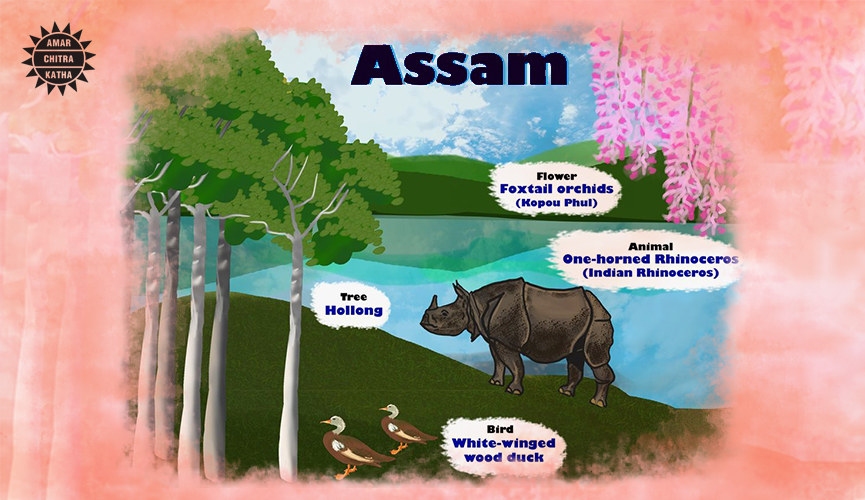
Post Independence, the Naga Hills, renamed Nagaland, became the 16th state of India in 1963. In 1970, the districts containing the Khasi Hills, Jaintia Hills, and Garo Hills were formed into an autonomous state within Assam. In 1972, it became a separate state under the name of Meghalaya. Mizoram and Arunachal Pradesh were separated from Assam as union territories in 1972 and both became states in 1986.
Assam is a home to the one-horned Indian rhinoceros, along with the wild water buffalo, tiger and various species of Asiatic birds. The state also provides one of the last wild habitats for the Asian elephant. Assam’s economy is aided by wildlife tourism to Kaziranga National Park and Manas National Park, which are World Heritage Sites. Bihu, a series of three harvest festivals, is the most important traditional festival, celebrated three times a year all over Assam. Assam has produced many authors, poets, activists and politicians including Fakhruddin Ali Ahmed, who served as the fifth President of India, from 1974 to 1977.
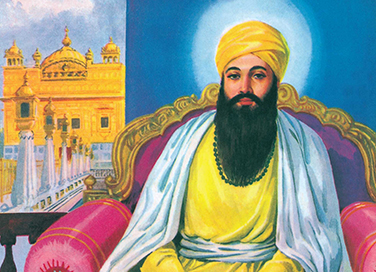
By Kayva Gokhale
Guru Arjan Dev is the fifth Sikh Guru. He is considered the first Sikh martyr, who gave his life for his people and Sikhism. Guru Arjan was born on 15 April, 1563 and was the youngest son of Guru Ramdas, the fourth Sikh Guru. He grew up to be the most capable and virtuous of his brothers and succeeded his father as the next Guru in 1581. He was known for his egalitarian and secular values as well as his strong moral conviction in the teachings of Sikhism.
Guru Arjan is chiefly responsible for the construction of the Harmandir Sahib or the Golden Temple in Amritsar, one of the most sacred sites for Sikhs. The building of the temple was started by Guru Arjan’s father. Guru Ramdas had ordered the construction of the water tank for the temple in Amritsar. Once Guru Arjan succeeded his father, the tank was completed and he decided to build a temple in the middle of the water body.
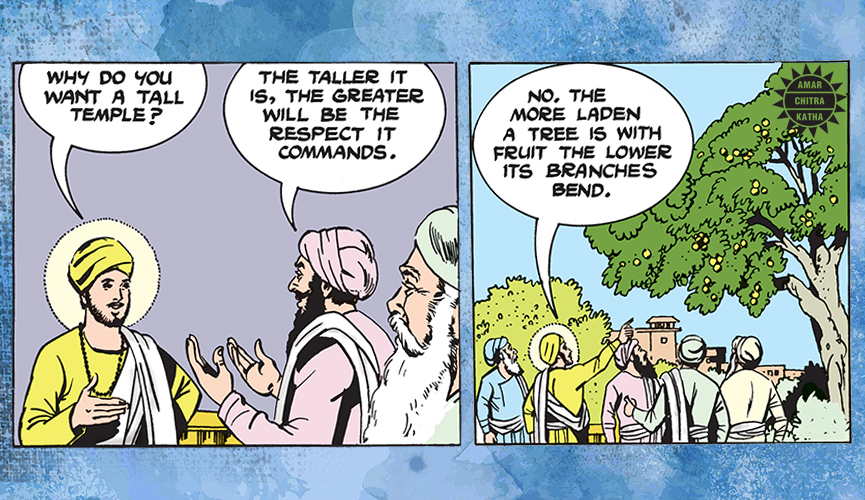
The plans for the Harmandir Sahib were laid out by the Guru himself, who incorporated his egalitarian and inclusive philosophy into the design. He decided that the temple would be the lowest building in the region, and that the one’s entering would have to climb down as a mark of humility. He further ensured that the temple had entrances on all four sides, symbolising that all people, regardless of caste, creed, gender or religion, were welcome there.
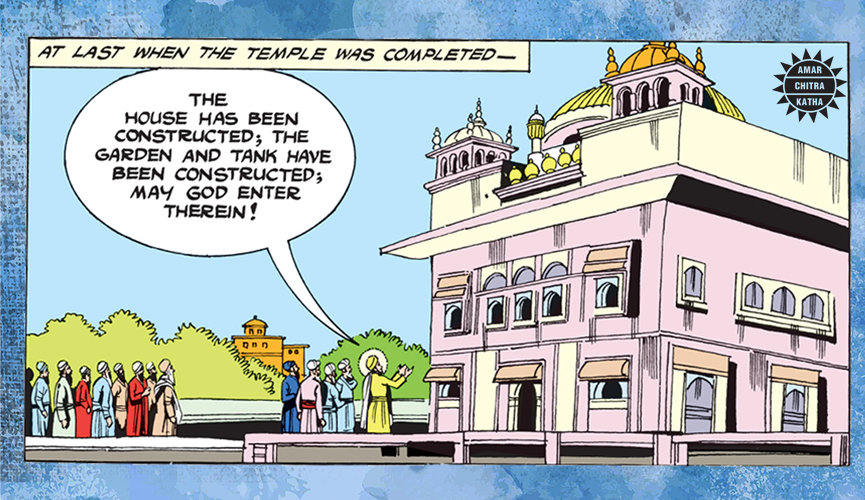
Another one of Guru Arjan’s important contributions to Sikhism was his work compiling the teachings of Sikhism. He spent a large portion of his life putting together the hymns and teachings written by the previous Sikh Gurus in a book called the Guru Granth Sahib. He also invited learned men from different faiths like Hinduism and Islam to recite the teachings of their leaders, and added those that were consistent with Sikhism, to his compilation too. The secular teachings of the Guru Granth Sahib impressed even the Mughal King Akbar, who visited the Guru in Amritsar.
However, it was his work on the Holy book which ultimately led to his martyrdom. In 1606, Emperor Jahangir demanded that all compositions by Hindu and Muslim saints be removed from the Guru Granth Sahib. Guru Arjan refused, stating that his object is pursuit of the immortal truth, that is above religious differences. For this, Emperor Jahangir subjected the Guru to torture and put him to death, making him the first Sikh martyr. His martyrdom was a watershed moment in Sikhism, which inspired his people to pursue resistance from the persecution of the Mughal rule. Guru Arjan showed unrelenting belief in the values of Sikhism, despite the threat of death. His actions strengthened the conviction of all Sikhs in values of personal piety, moral strength, courage and virtue.
Read the guru’s full story in our title Guru Arjan Dev now available on the ACK Comics App, Kindle, Amazon, Flipkart, and with other major e-tailers.
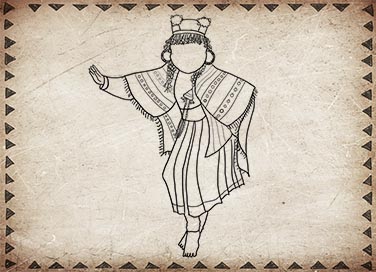
India is a land blessed with great diversity across all art forms and dance is no exception. All around the country, are folk dances with long traditions and proud histories attached to them. Here are some lesser-known tribal dance forms of India.
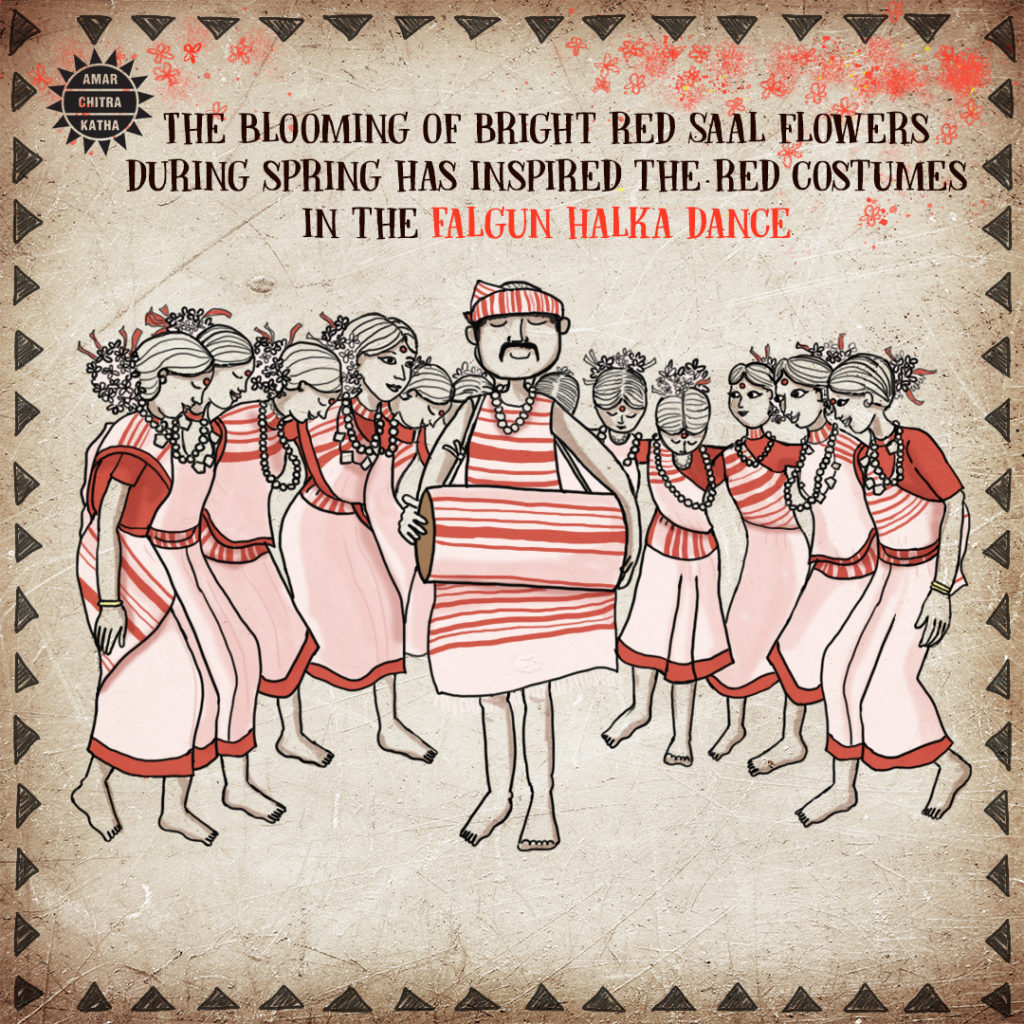
The Kharia tribe of Jharkhand perform the Falgun Halka dance as part of the festival of Sarhul. During this time, the people of the tribe march in merry processions, meet with friends and family, offer each other flowers and drink a local brew in celebration of spring. The Falgun Halka dance is an important part of the festival, as men and women dress up in traditional red costumes, inspired by the bright red Saal flowers. They interlock their hands and sway to the tunes of the flute and the beats of a drum called Mandar, as they offer prayers to Mother Nature.
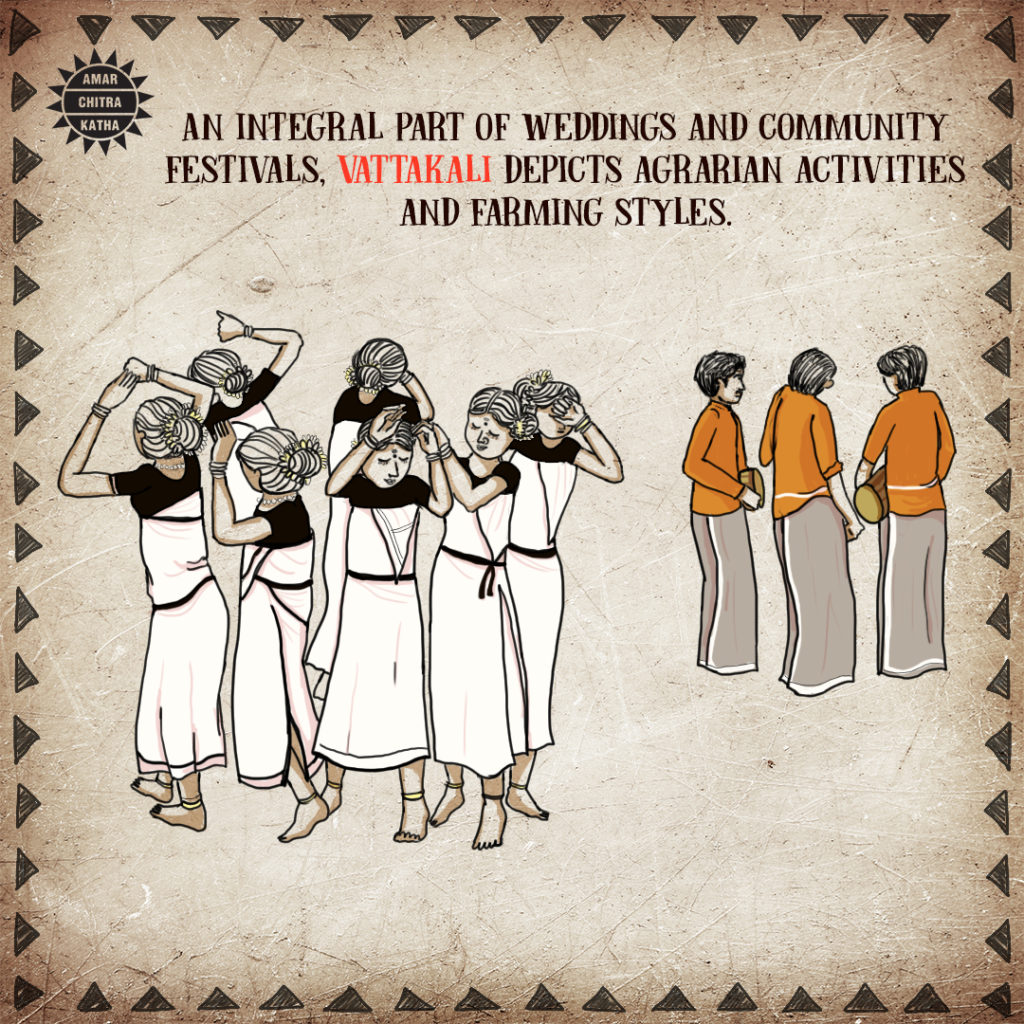
Vattakali is the folk dance performed by the Paniyas of Kerala. The dance depicts agrarian activities undertaken by the tribe and is an important part of community festivals, weddings and other such celebrations. The dancers move in circular formations and use props and agricultural tools as they move to the catchy rhythm of drums.
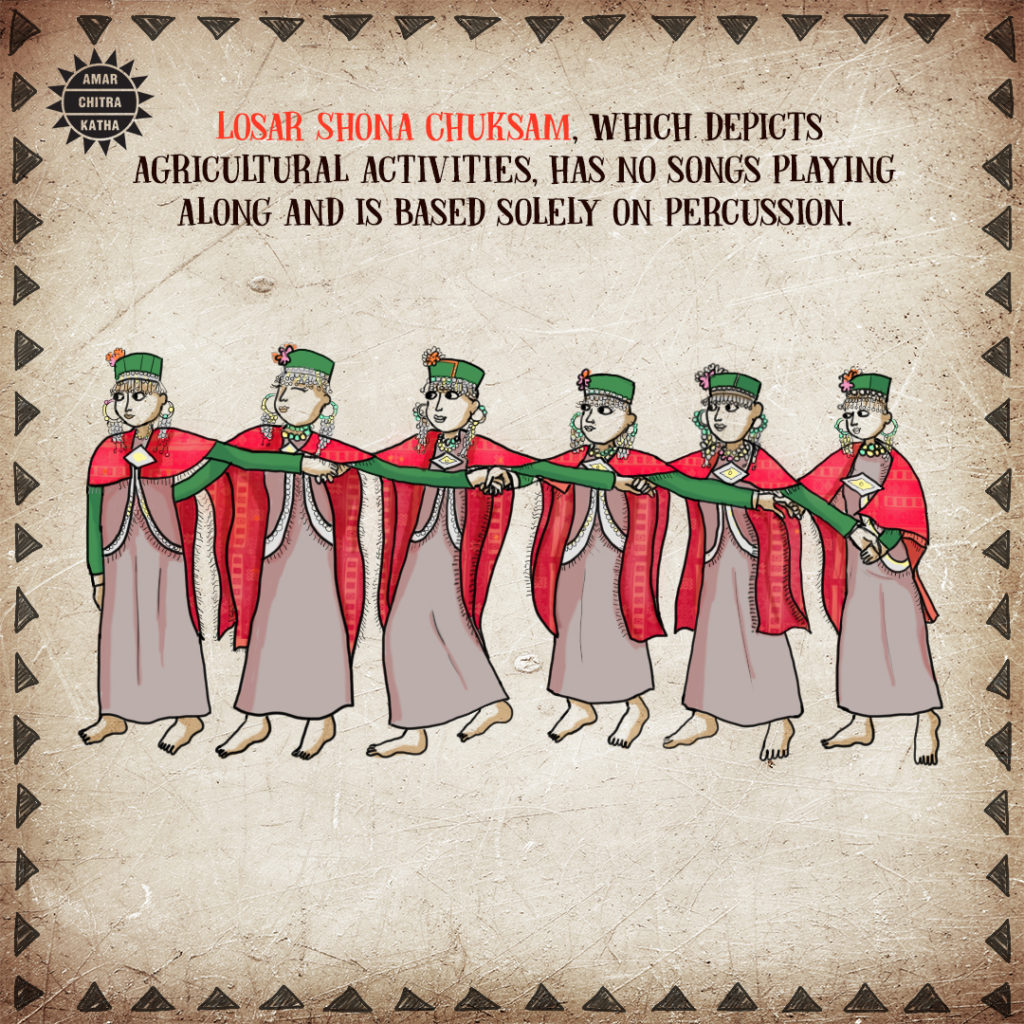
Performed by the Kinnaur tribe of Himachal Pradesh, the Losar Shona Chuksam dance is performed to celebrate the lunar new year occurring in April or May. The dancers dance with languid movements depicting the harvesting of grain, dipping their knees rhythmically. Drums and cymbals provide percussion for the dance and no songs are required.
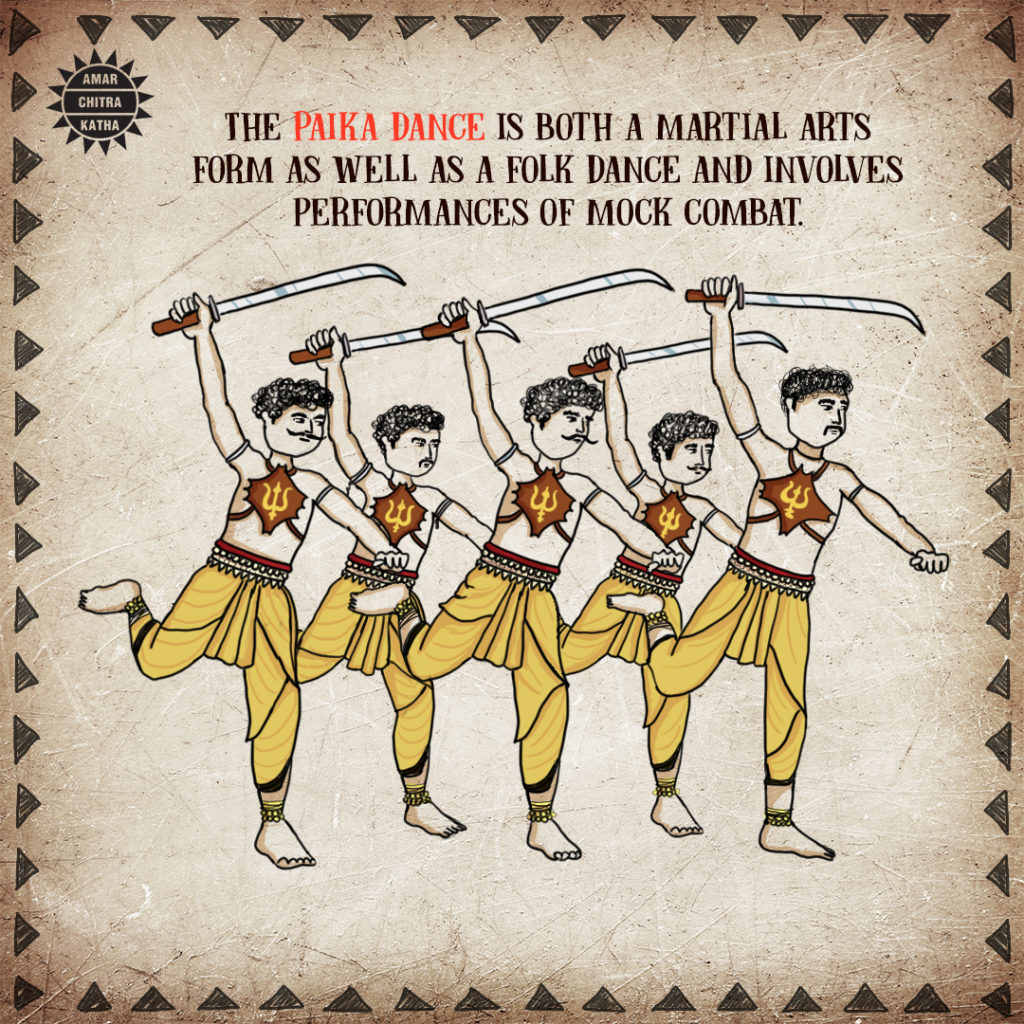
Performed by the Munda tribe of Jharkhand and Odisha, the Paika dance symbolises readiness for battle. The performers are dressed in bright costumes with frills and have peacock feathers tucked in their turbans. Armed with traditional double-edged swords and shields, the dancers engage in mock combat to the sound of drums and trumpets. Therefore, the Paika is a celebration of the deftness and skill of the warrior.
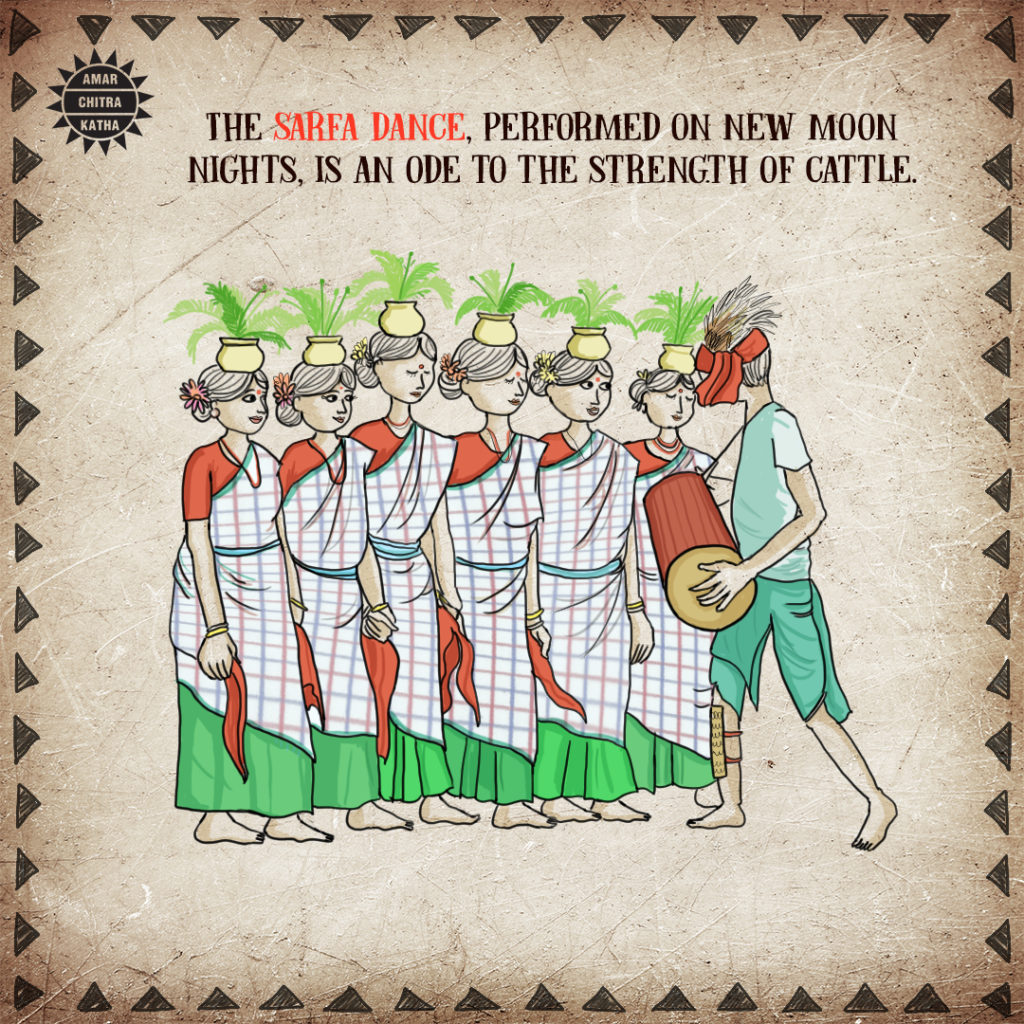
The Sarfa dance is performed by the Santhal tribes of East India, predominantly in West Bengal, Odisha and Jharkhand. The dance is performed on new moon nights in the month of Ashvin, which falls in September and October. The dance is meant to celebrate the glory of nature, honour their cattle and offer prayers to the earth. Women, wearing bright costumes, balance decorated pots on their heads as they sing and dance to the tunes of Sarfa, the wooden instrument used in the celebrations.

By Srinidhi Murthy
Andhra Pradesh is the seventh-largest Indian state by area. The state is bordered by Tamil Nadu to the south, Chhattisgarh to the north, the Bay of Bengal to the east and Karnataka to the west. It has witnessed the reigns of many dynasties and many freedom fighters from the region sacrificed their lives for our nation.
The earliest mention of Andhra Pradesh was as a name of a tribe found in Sanskrit texts such as Aitareya Brahmana. The region was mentioned as Dakshinapatha and the people by the name Andhras. The other references were found in Indian epics such as Ramayana and Mahabharata. During his exile, Rama, with his wife Sita and brother Lakshmana, is said to have lived in the forest, situated in present-day Bhadrachalam, Telangana. In Mahabharata, Rukmini was the princess of the Vidarbha Kingdom. Vidharbha included the Deccan Plateau, parts of present-day Andhra Pradesh, Karnataka, Maharashtra and Madhya Pradesh. Megasthenese, who visited the court of Chandragupta Maurya (322–297), mentioned in his report that Andhras had 30 fortified towns near the Godavari river, 2,000 cavalries, 1,000 elephants and an army of 1,00,000 infantry.
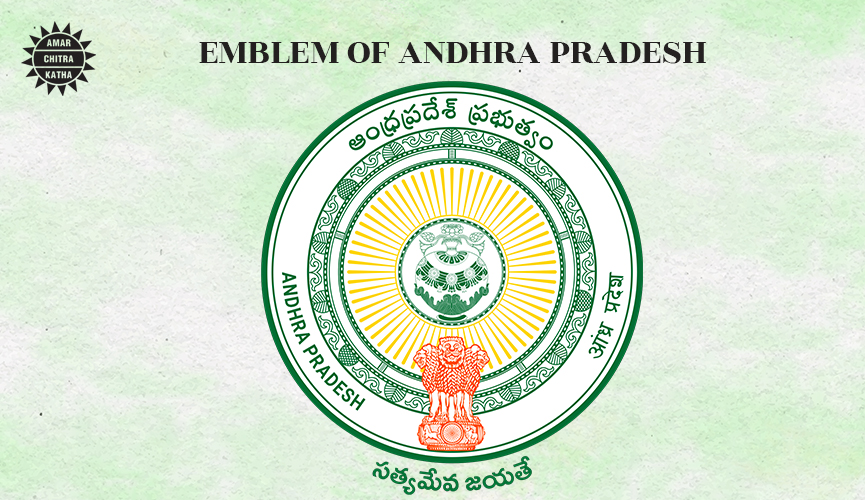
In the 12th and 13th centuries, Andhras witnessed the rise of the Kakatiya dynasty. The Kakatiya period was considered the golden era of the region. Ganapati Deva of the Kakatiya dynasty, who started his reign in 1199, was considered to be the greatest ruler of Kakatiyas. In 1210, he defeated the Velanati Cholas and forced them to accept his dominance. His daughter Rudhrama Devi succeeded him in 1262. She defended her kingdom against the Cholas and Seuna Yadavas dynasty. Her grandson Prataparudra expanded the kingdom west to Raichur (present-day district in Karnataka) and south to Ongole (present-day city in Prakasam district, Andhra Pradesh) and to Kanchipuram (present-day city in Tamil Nadu). Unfortunately, the decline of the Kakatiya dynasty began when they were defeated by the Delhi Sultanate in 1323.
After the fall of Kakatiyas, uncertainty prevailed over the region for some time. Several dynasties such as Musunuri Nayakas and the Reddi came and rose to power for the next three centuries. In 1687, Mughal emperor Aurangzeb annexed Golconda and appointed a Nizam (governor). The Mughal Nizams controlled the region for nearly 35 years. In 1707, following the death of Aurangazeb, the Mughal dynasty began to decline. The decline of the Mughal empire paved the way for the British East India Company and the French East India Company in India.
In 1753, Deccan subedar Asif ad-Dawlah Mir Ali Salabat Jang, surrendered Chicacole (present-day Srikakulam), Ellore and Rajahmundry, to the Marquis de Bussy-Castelnau, who later became the Governor-General of the French colony of Pondicherry. In 1758, the French and English fought at Chandurthi (present-day Gollaprolu town in East Godavari district). The French troops were defeated by the British in the battle. Following the French defeat, the Deccan subedar made a peace treaty with the British and gave them the Northern Circars (also spelt Sarkar, a Mughal term for the province ) in a firman. Firman was a royal mandate issued by a sovereign in an Islamic state. The Northern Circars consisted of the five regions of Chicacole (Srikakulam), Rajahmundry, Eluru, Guntur, and Kondapalli. The Nizams retained control of the interior provinces as a princely state by acknowledging British rule, in return for local autonomy.
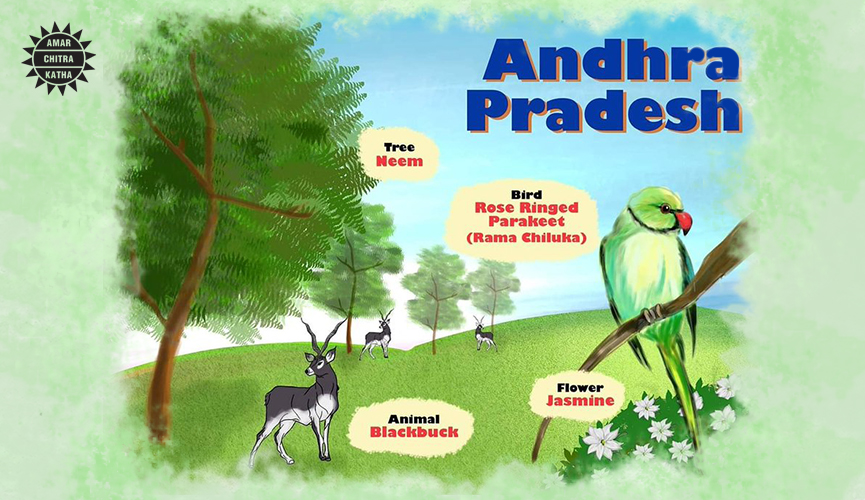
The region was part of the nation’s fight to get freedom from the shackles of foreign rule. Prominent rebellions in the early 19th and 20th centuries were the revolts in Rayalaseema in 1800, by people who had refused to accept the British authority, and the No Tax campaign in the villages of Cherala and Perala in 1919. In 1920, Non-Cooperation Movement was welcomed and had huge support in Andhra Pradesh due to the leaders like Konda Venkatappayya (1866-1948), Ayyadevara Kaleswara Rao (1882-1962), Tanguturi Prakasam (1872-1957), and Pattabhi Sitaramayya (1880-1959). Alluri Seetharama Raju (1897-1924), a freedom fighter, carried out his Rampa Rebellion, a tribal uprising, between the years 1921-1924, against the British Government. He also fought with his followers in Guerrilla warfare to overthrow the rule of the British from the Eastern Ghats region of India.
India became independent from the rule of the British Empire in 1947. Though the Nizam of Hyderabad showed his resistance initially, he later surrendered his state to India in 1948. In 1953, Andhra State was separated from the Madras Presidency and became the first state in India to be formed on a linguistic basis. In 1956, Andhra State was merged with Hyderabad State to form the new state, Andhra Pradesh. In 2014, Andhra Pradesh was reorganised again to form a separate state of Telangana. Currently, the state ranks 27th among Indian states in the Human Development Index (HDI) and has the nation’s 17th highest Gross State Domestic Product (GSDP) per capita.
Andhra Pradesh has many tourist sites including beaches, hills and caves that can be explored. Visakhapatnam has the Borra caves, Arasavalli temple, Submarine Museum and the Bheemunipatnam Beach which can be visited. Tirupati is famous for the Tirumala Venkateswara Swamy Temple and Chandragiri fort. Amaravati in Guntur District, has some great architectural sites to explore such as the Dhyan Buddha statue and Amareswara (Siva) temple. Srisailam Dam, Akka Mahadevi Caves and Sri Mallikarjuna Swamy Temple are some of the popular tourist destinations in Srisailam. Vijayawada is popular for having the largest railway junction in South India and the city is known for its mangoes and beautiful spring season. Kondapalli Fort, Mogalarajapuram Caves and St. Mary’s Church are some of the popular tourist destinations in Vijayawada.
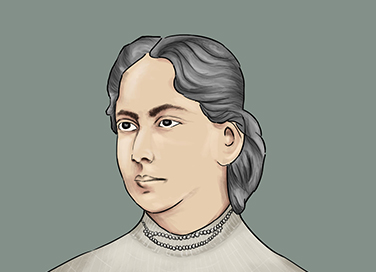
Swarnakumari Devi, the elder sister of Rabindranath Tagore, was born on 28 August, 1855. Primarily educated at home and then married to the well-educated Janakinath Ghoshal in 1868, she published her first novel eight years after her marriage. The novel, called Deep Nirban or the Snuffing out of Light, was a call to nationalism. She went on to author numerous plays, poems, novels, and essays, becoming the first female Bengali author to gain prominence. Simultaneously, she also worked towards women’s and child rights her entire life.
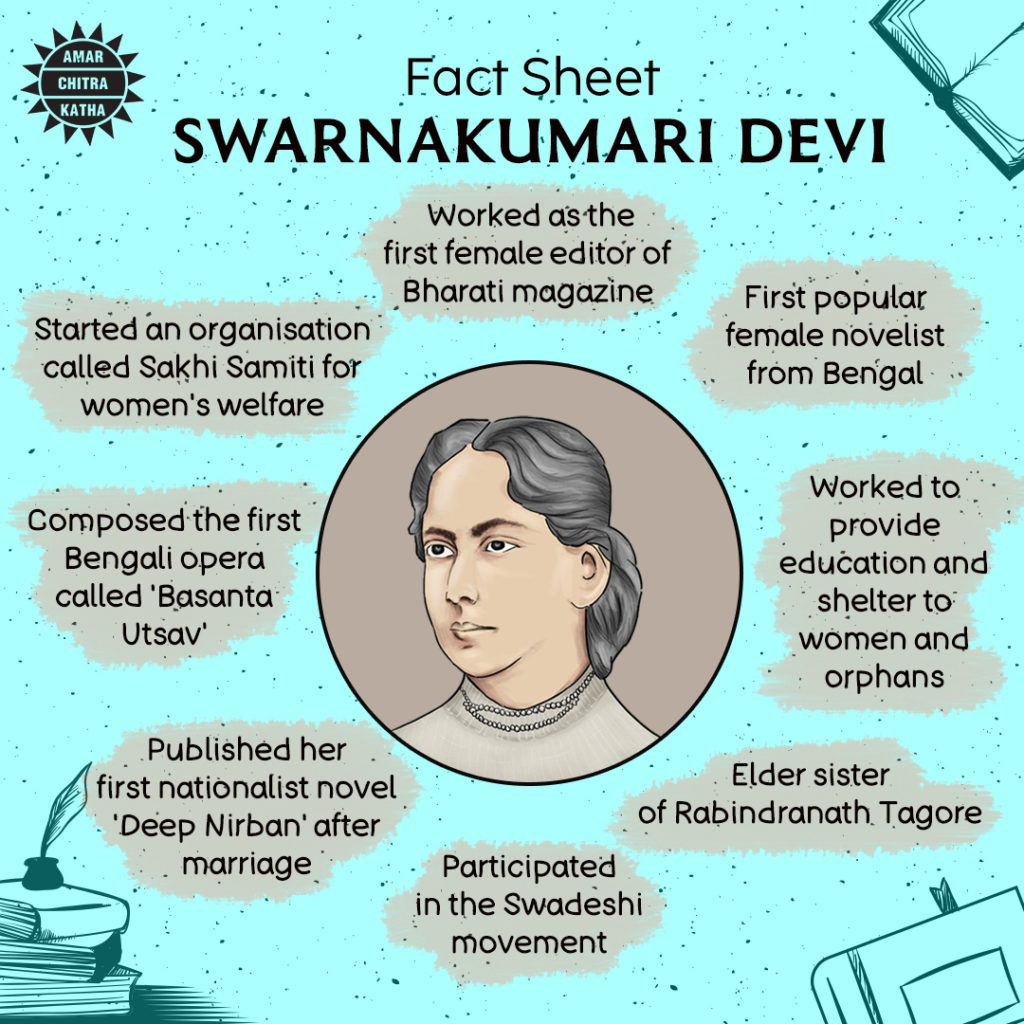
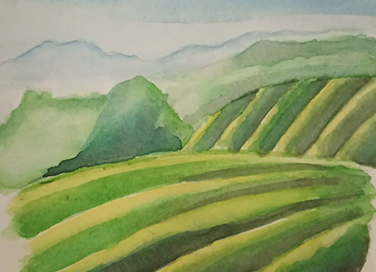
By Srinidhi Murthy
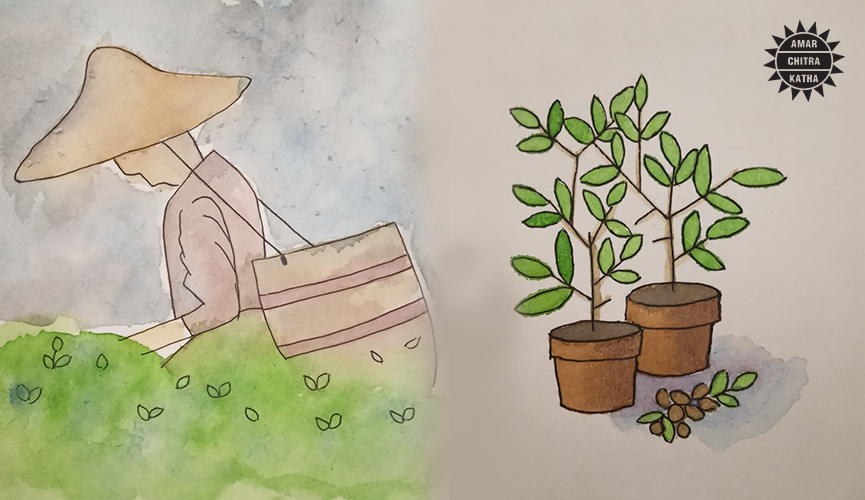
Tea, also famously known as chai, is one of the most consumed beverages by Indians. Chai with biscuits is a perfect routine for many Indians to start their day. There is an interesting story of how commercial tea plantations started in India.
In 1823, a Scottish explorer named Robert Bruce discovered that Singphos, a local tribal community in Assam, were consuming an unknown specimen since the 12th century. He met Bisa Gam, the chief of the Singphos, with the help of Maniram Dutta Baruah, a native nobleman. After the meeting, the tribal chief presented two tea plants and a few seeds to Robert Bruce. Soon, the British discovered that the assamica variety of tea was better suited to grow in Assam as the region had favourable climatic conditions and they could compete with China in tea production. That is how commercial tea cultivation started in Assam in 1826. The Singphos, still residing in parts of Northeast India, Myanmar, and China, played an important role in giving India its beloved beverage.
Here is an infographic of the tea story. Pin it for easy reference!
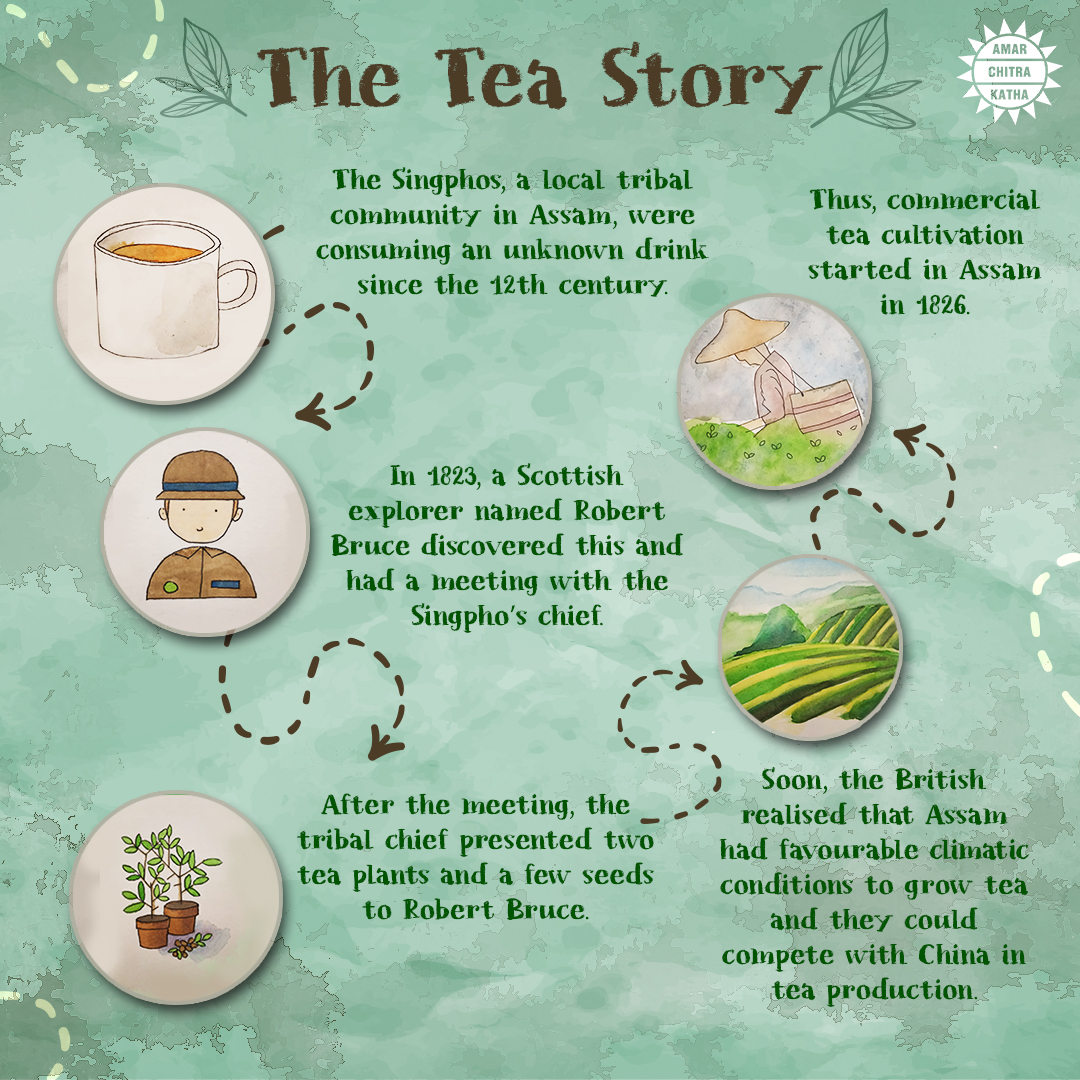
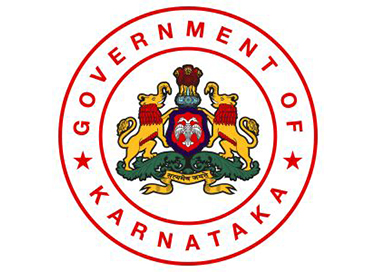
By Srinidhi Murthy
Formed as an Indian state on November 1, 1973, Karnataka is the sixth largest state by area and the eighth largest by population. It has been home to many empires of ancient and medieval India including the mighty Vijayanagara empire. The history of the state has given it so many monuments, traditions and stories to tell.
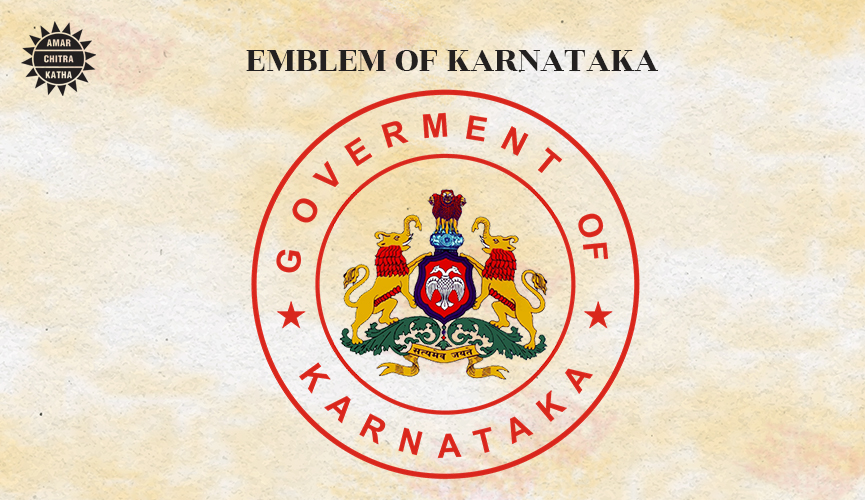
Karnataka has witnessed the reigns of many well-known dynasties. The region was a part of the Nanda empire before the third century and then came under the control of Ashoka, the ruler of the Mauryan empire. Later, it was ruled by the Satavahana dynasty for four centuries. It has also witnessed the rise and fall of many dynasties including the Kadamba, Western Ganga and Hoysala, in the following centuries. The age of Hoysalas (10th – 14th century) was an important period in its development in the field of architecture, literature, and arts. Well-known temples such as the Chennakesava Temple, Somnathpur, Belur, the Hoysaleswara Temple and Halebidu are great surviving examples, which show the architectural talents of the Hoysalas. The Hoysala rulers were also patrons of fine arts and encouraged Kannada and Sanskrit literature to flourish during their rule.
During the early 14th century, the region witnessed the rise of the Vijayanagara empire. Harihara I and Bukka Raya I founded the Vijayanagara empire with Hosapattana (later renamed Vijayanagara) as its capital, on the banks of the Tungabhadra river, in the present-day Bellary district. It was under the rule of Krishnadevaraya, who reigned from 1509 to 1529, that art, literature, and architecture flourished in the region. Many Telugu, Sanskrit, Tamil and Kannada poets enjoyed the patronage of the king, who himself was fluent in many languages. Unfortunately, the death of Aliya Rama Raya, the son-in-law of Krishna Deva Raya, during the battle of Talikota in 1565, against the alliance of Delhi Sultanates, led to the decline of the Vijayanagara empire and the destruction of Hampi. The example of Vijayanagara architecture can be still seen today in the ruins of Hampi.
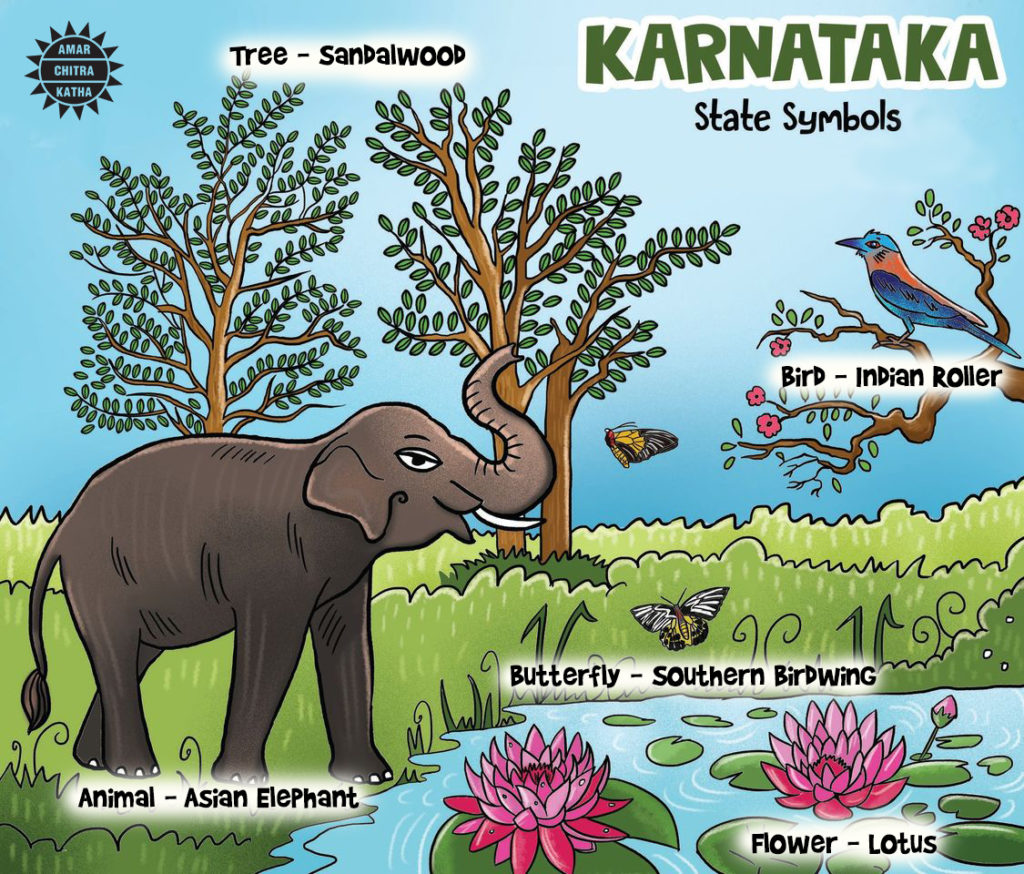
Following the defeat of the Vijayanagara Empire in 1565, the Bijapur Sultanate rose as the main power in the Deccan. Soon, they were also defeated by the Mughal rulers in the late 17th century. The Wodeyars of Mysore, former vassals of the Vijayanagara Empire, leased the state from Aurangzeb, the Mughal emperor in the 17th century. After the death of Krishnaraja Wodeyar II, Haidar Ali, the commander-in-chief of the Mysore army, gained control of the region. To prevent European expansion in South India, Haidar Ali and later his son, Tipu Sultan, fought four significant Anglo-Mysore Wars. The last Anglo-Mysore war resulted in the death of Tipu Sultan and Mysore was finally annexed to the British Raj in 1799.
When the East India Company introduced the Doctrine of Lapse, many revolutionaries from the region like Kittur Rani Chennamma and Sangolli Rayanna started their rebellions in 1830, nearly three decades before the revolt of 1857. The Revolt of 1857, also known as the First War of Independence, was led by revolutionaries such as Mundargi Bhimarao, Bhaskar Rao Bhave, the Halagali Bedas, Raja Venkatappa Nayaka and others. By the end of the 19th century, the freedom movement had gained momentum all over the nation. Karnad Sadashiva Rao, Aluru Venkata Raya, S. Nijalingappa, Kengal Hanumanthaiah, Nittoor Srinivasa Rau and others from the state, carried on the freedom struggle into the early 20th century.
After the independence, the Wodeyar Maharaja acceded to India. In 1950, Mysore became an Indian state, and the former Maharaja performed his role as its governor until 1975. According to the States Reorganization Act of 1956, parts of Coorg, Madras, Hyderabad, and Bombay states were incorporated into the state of Mysore. On 1 November, 1956, the state of Mysore was formed and since then every year, 1 November is celebrated as Karnataka Rajyotsava Day. In 1973, Mysore state was renamed Karnataka.
The state produced many artists, authors, historians, social workers and Bharat Ratna recipients who provided their valuable contributions to the development of the society. Some of the notable people from Karnataka in the Republic India are C.B. Muthamma, the first Indian woman IFS officer, Shakuntala Devi, popularly known as the Human Calculator, Tirumalai Krishnamacharya, also known as the Father of Modern Yoga. Karnataka has also produced archaeologists such as Shikaripura Ranganatha Rao, who led teams that discovered a number of Harappan sites including the port city Lothal and Bet Dwarka in Gujarat, and Paduru Gururaja Bhat, an archaeologist of the Tulu kingdom. Bharat Ratna recipients, Sir M.Visvesvaraya, Pandit Bhimsen Gururaj Joshi, and Chintamani Nagesa Ramachandra Rao (C.N.R. Rao), for their contributions in the fields of engineering, music and science respectively, were also from Karnataka.
During the early 1900s, industrial visionaries such as Sir Mokshagundam Visvesvarraya played a crucial role in building a strong manufacturing and industrial base in Karnataka. Currently, the state has the nineteenth highest ranking among Indian states on the Human Development Index (HDI). It has the sixth-largest economy of any Indian state and is the manufacturing hub for some of the largest Indian public sector industries including National Aerospace Laboratories, Hindustan Aeronautics Limited and Bharat Earth Movers Limited, which are headquartered in Bangalore. It also has many tourist places to visit such as Jog Falls, Mysore Palace, Nandi Hills, Hampi and Lalbagh Botanical Gardens.

By Kayva Gokhale
While summers in India can be brutal, they also have a silver lining. Summer brings with it a host of delicious fruits, as well as traditional dishes and drinks, all of which are perfect combinations of taste and nutrition. We have gathered fascinating facts and legends around some of the most popular summertime foods and drinks that make Indian summers unforgettable.
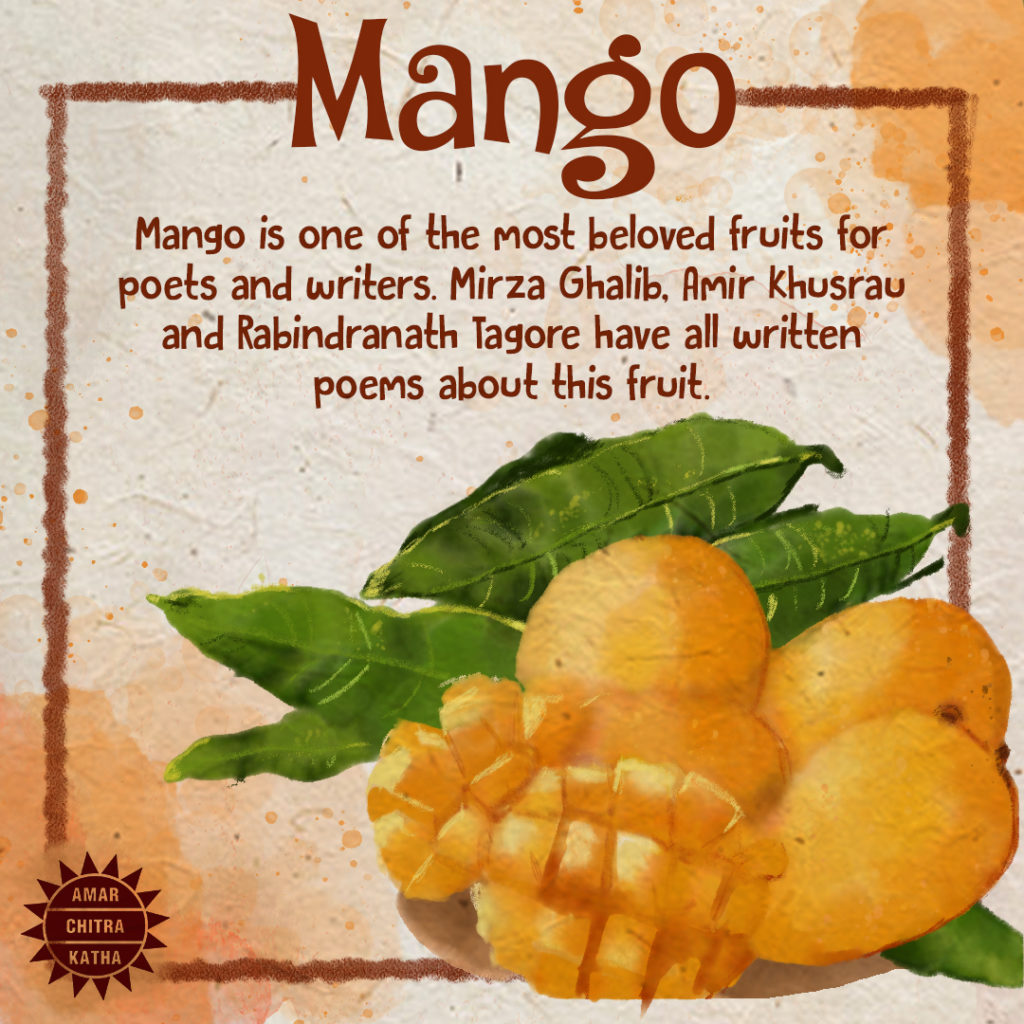
There is no fruit that is as strongly associated with Indian summers as the mango. Throughout history, from Mughal emperors to classical poets, no one has been able to resist the charm of the King of Fruits. It is believed that Emperor Akbar was so fond of mangoes that he planted up to 100,000 mango trees. The great poet Mirza Ghalib’s love for mangoes is apparent in his writing. He wrote a famous poem, ‘Dar Sifat-e-Ambah‘, solely dedicated to this fruit. He is also believed to have mentioned mangoes in more than 60 letters that he wrote to friends. Similarly, the poet Amir Khusrau called mango ‘naghza tarin mewa Hindustan‘ or the ‘fairest fruit of Hindustan‘. Even Rabindranath Tagore dedicated a poem called ‘Aamer Monjori‘ to this fruit.

The tiny Jamun, packed with nutrients, is a common ingredient in summer dishes such as ice creams, sherbets, coolers and syrups. This purple fruit also finds place in some fascinating legends of India. Rama’s skin is often compared to the rich colour of the jamun and he is said to have lived on this fruit during his 14 years in exile. It is also said that Megha, the god of rains, descended to the earth in the form of a jamun, which is why the colour of the fruit is like that of a stormy sky.

In India, summer holidays are synonymous with little children happily enjoying refreshing ice golas from street vendors. This preparation, made with shaved ice and flavoured syrups, has many names. It is called barf ka gola, chuski or gola ganda in different parts of the country. The ice gola is popular even outside of India. In North America, it is called a snowball or snow cone. In Mexico, ice golas are called raspa and are often spicy and tangy. In Malaysia and Singapore, it is called Ais Kacang and often has red beans as toppings. Ice golas are extremely popular even in Japan, where they are called Kakigori. In fact, it is believed that the dish might have been invented in Japan during the Heian period.
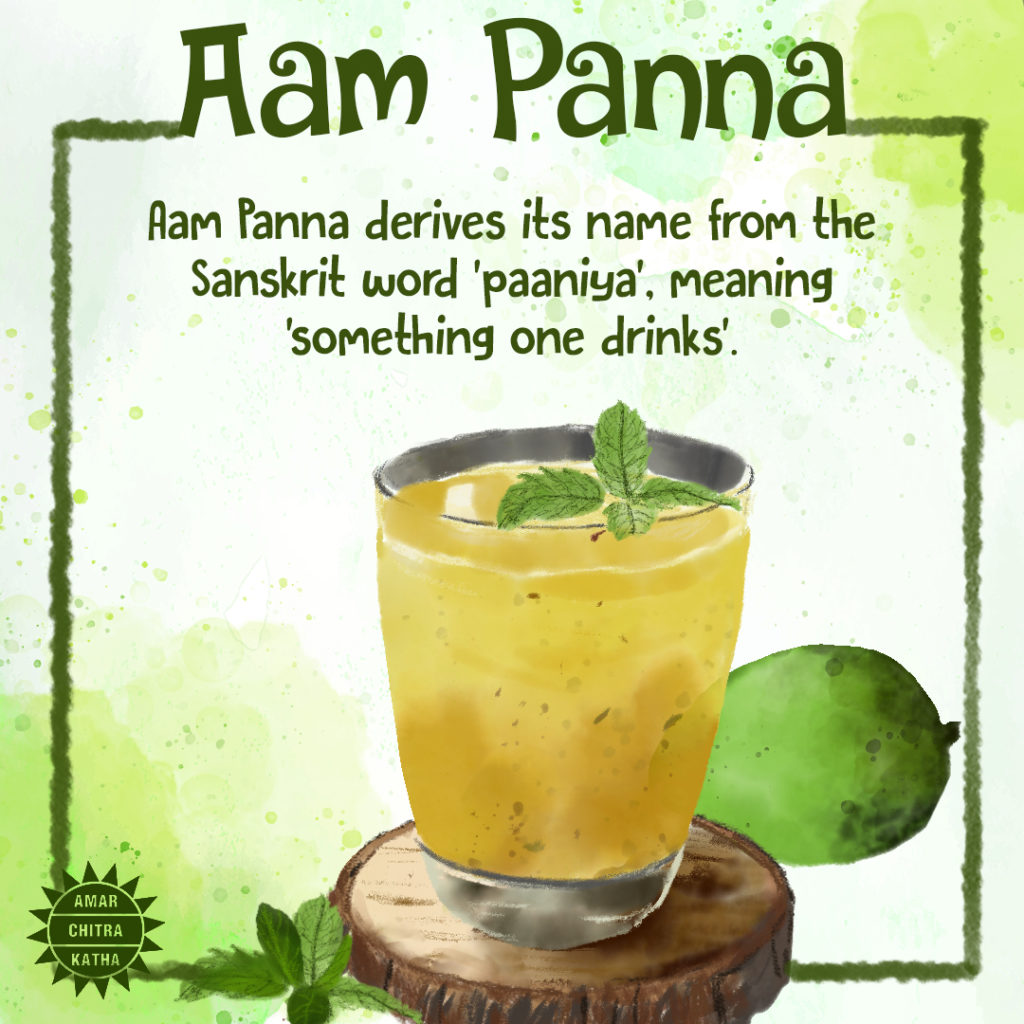
Aam Panna, also called kairicha panha, aam jhora or aam pora, is a refreshing summer made from raw mangoes. The drink derives its name from the Sanskrit word ‘paaniya‘, meaning ‘something one drinks.’ Aam Panna finds its mention in a large number of ancient texts, which indicates how popular it has been for centuries. The drink is described in a number of ancient Ayurvedic texts, as well as in the writings of Sanskrit playwright Kalidasa. Aam Panna was also popular among the Mughal emperors since it is described in Ain-e-Akbari, a 16th-century record of Akbar’s court as well as the Baburnama, which are Babur’s memoirs.
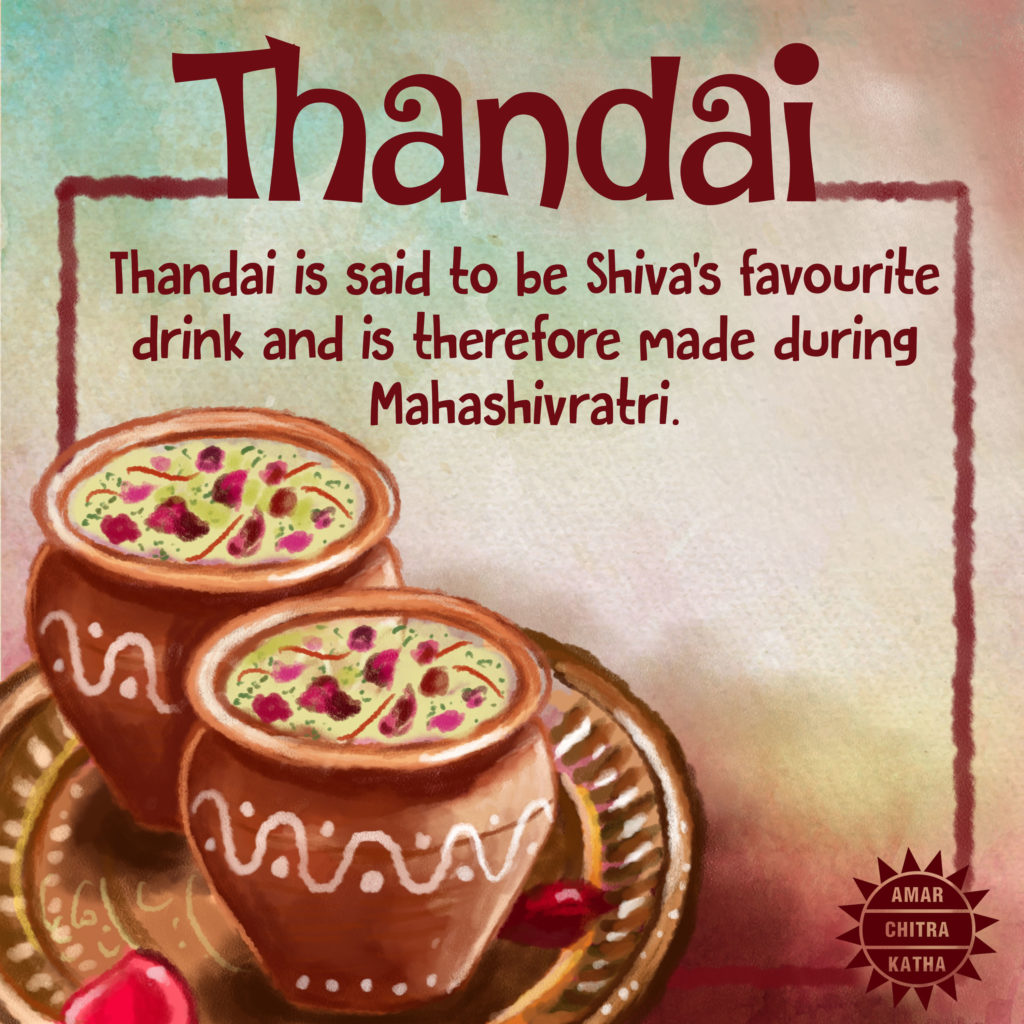
Thadai is a popular summertime drink made with milk, sugar and various nuts and spices. Containing the word ‘thanda‘, meaning cold, thandai is not only a refreshing beverage but also has a special place in Indian mythology. It is believed that after Shiva drank the poison that emerged out of Samudra Manthan i.e. the churning of the ocean, he flew into a terrible rage. In order to calm him down, he was offered thandai. It is said that ever since then, the thandai has been Shiva’s favourite drink. This is why thandai is prepared and consumed during the festival of Mahashivratri, especially in North India.
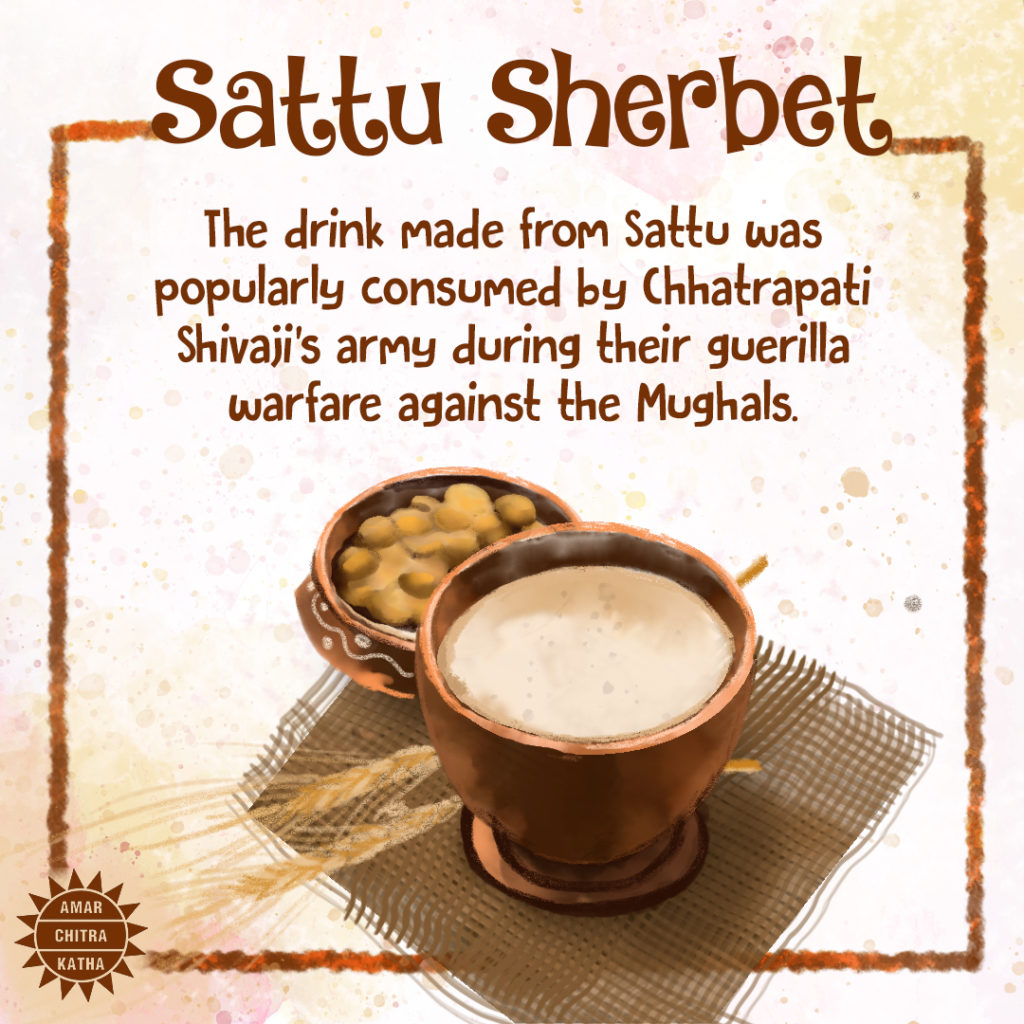
Sattu sherbet is a summer superdrink that is both delicious and extremely nutritious. This drink is made from Sattu flour, which in turn is prepared by grinding together various grains, pulses and cereals like wheat, barley, jowar, etc. This drink is such a powerhouse of energy that it has been used throughout history in wars and conflicts. The armies and traders of the Kalinga dynasty often carried Sattu during long voyages. Even Chhatrapati Shivaji’s army would consume this drink during their guerilla wars against the Mughals. There are also some legends that suggest that Tibetan monks would carry Sattu during journeys.